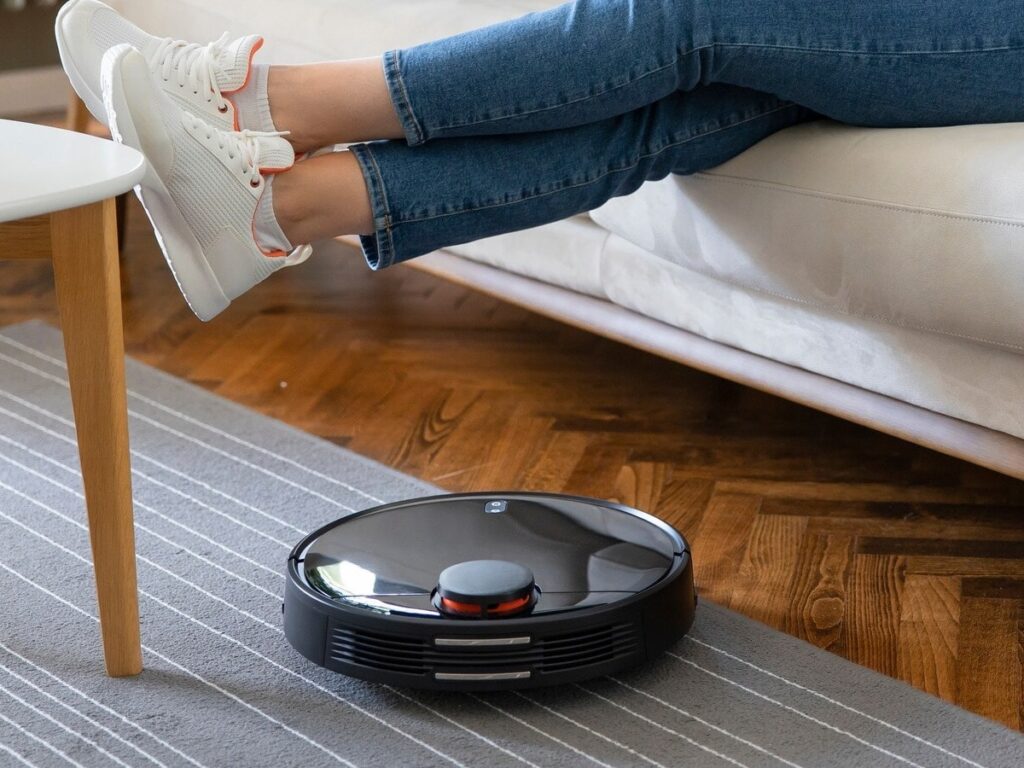In recent times, multiple reports have emerged from several cities in the United States regarding the hacking of robotic vacuum cleaners. These popular home cleaning devices, known for their efficiency and convenience, have begun to exhibit bizarre behaviors, such as vocally cursing in the middle of the night. As technology continues to advance, the rise in smart home devices brings forth both the benefits of convenience and the vulnerabilities associated with cybersecurity.
The Rise of Robotic Vacuum Cleaners
Robotic vacuum cleaners have revolutionized the way we clean our homes. Equipped with advanced technologies such as artificial intelligence, sensors, and mapping capabilities, these devices autonomously navigate through our living spaces, ensuring a clean environment with minimal human intervention.
How Robotic Vacuum Cleaners Work
- Sensors: Most robotic vacuums are equipped with infrared and cliff sensors that help them detect obstacles and avoid falling off edges.
- Mapping Technology: Devices like the Roomba use various algorithms to map the layout of the house for efficient cleaning paths.
- Wi-Fi Connectivity: Many models are integrated with Wi-Fi, allowing users to control them remotely via smartphone applications.
| Brand | Features | Price Range |
|---|---|---|
| Roomba | Smart mapping, voice control | $299 – $999 |
| Ecovacs Deebot | Smart home integration, anti-collision | $239 – $799 |
| Neato | Laser mapping, efficient cleaning | $399 – $799 |
Cybersecurity Concerns
Despite the advancements in technology, these devices are not without their vulnerabilities. The recent incidents of hacking underscore significant cybersecurity challenges faced by the manufacturers and consumers alike.
Common Risks Associated with Robotic Vacuums
- Unauthorized Access: If the devices are connected to a weak Wi-Fi network, hackers can gain control over them.
- Data Privacy: Many robotic vacuums collect data regarding users’ living habits, which can be misused if accessed by unauthorized entities.
- Malicious Software: Hackers can deploy malware designed to manipulate the robot’s functions, as reported in the recent incidents where vacuums were cursing.
Protecting Against Hacks
To safeguard against potential hacking incidents, users should consider the following practices:
- Keep Software Updated: Regular updates help patch vulnerabilities.
- Secure Wi-Fi Networks: Use strong, unique passwords and consider enabling network security features.
- Limit Data Sharing: Review privacy settings to control what personal data is shared with manufacturers.
Conclusion
The emergence of robotic vacuum cleaners has made household chores easier and more efficient. However, the recent hacking incidents reveal a critical need for greater awareness of cybersecurity risks associated with smart home devices. By taking proactive measures, users can continue to enjoy the convenience of these appliances while ensuring their privacy and data security are not compromised. As technology evolves, so too must our strategies for protecting against emerging threats.
